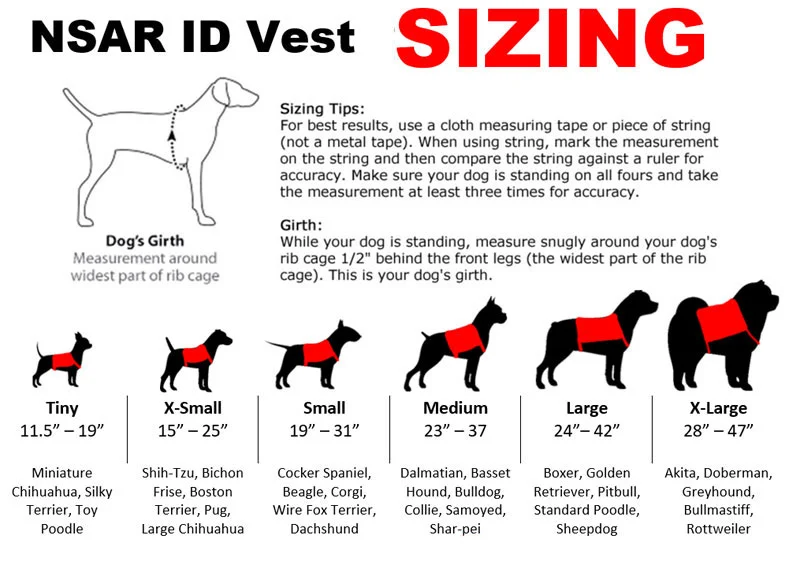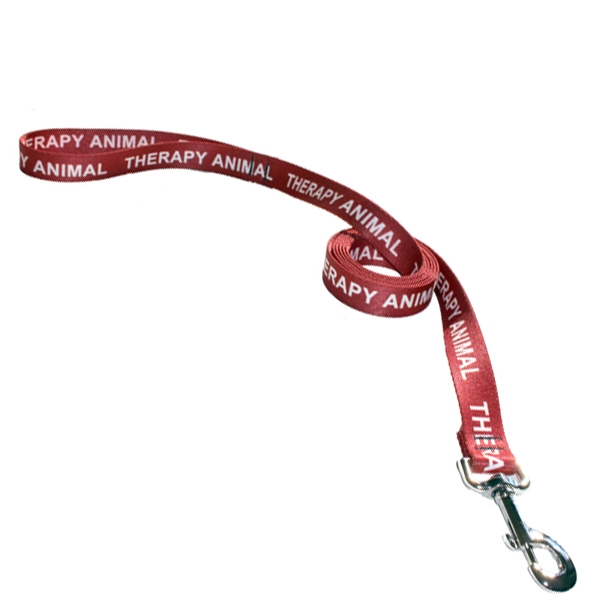Train an Emotional Support Dog to Calm Anxiety

Emotional support animals (ESAs) are known as dependable companions for individuals with emotional or mental disorders. In contrast to service dogs, emotional support dogs don’t need special training and provide physical assistance to disabled people. However, it doesn’t mean that emotional support dogs will be untrained or behave badly. There is no federal law that requires an emotional support dog to receive specific training before registration, a well-behaved and well-trained Emotional Support dog is simply recognized by others, particularly when you travel with it in an aircraft cabin or are looking for new accommodation. If you’re planning to adopt or purchase a dog for emotional support, or if you intend to train your pet dog, you will follow the guidelines below before you start the training.
What Is an Emotional Support dog?
Emotional support dogs are quite different from service dogs when the thing comes to purpose. Instead of helping in physical activities, Emotional Support Animals dogs provide emotional support to their owners. A dog does not have to undergo any special training just to become an Emotional Support dog. However, the dog should be well-behaved and respond better to his handler. With this, it is essential to consider the traits of dogs to ensure that he can perform the job well. Generally, you will need a dog with a laid-back and mellow nature.
Some of your perfect choices include:
- Border Collie
- Labrador Retriever
- Poodle
- Bulldog
- Bullmastiff
Now, this does not mean that you cannot get breeds that are not as subdued. You can get a high-spirited dog or one that is full of energy if you need it. There will not be any issue with that as long as you are willing to spend time and effort in training them to behave. Speaking of training, here is what you want to know.
Qualities of Emotional Support Dogs
The features of a puppy depend almost completely on its parents and breed. Few dogs were born aggressive, over-excited or timid, but it doesn’t mean that these imperfect personalities can never become an emotional support dog if they received the training to do so. An about 1-year-old with a calm and responsible personality can start training. It’s also perfect to look for breeds that are more human orientated and eager to learn like Poodles and Golden Retrievers.
Basic Obedience Training

After selecting a dog, you will start the course with obedience training, involving Heel, Sit, Stop, Down, and Come, etc. The sooner you start with these lessons, the easy it will be to train your emotional support dog. Apart from obedience training, going outside to socialize will also be trained to prevent anti-social behavior like begging, barking, lunging or jumping for food.
Emotional Support Dog Training
Various of the people who need an emotional support dog frequently suffer from autism, anxiety, and are susceptible to self-harming behavior for many reasons. Several studies suggest that the presence of a dog aids to calm these patients and reduce the possibility of recurring stressful attacks. In these cases, properly trained, emotional support dogs apply suitable pressure on the body of owners, chest or other body parts depending on the size of the dog. For instance, a little Papillion will lie directly on the chest of owners, but a tall Alaskan Malamute has to place its feet or head across the lap or legs of owners. This method is particularly appropriate for people who suffer from airsickness. Here’s how to teach your dog this skill.
Step 1: Paws Up Command (On The Sofa)
If your dog has to get used to sitting on the sofa, you can need to tempt it with a few tasty treats. The first step is to show your dog the treats, whilst at the same time slow-moving to the sofa and giving the Paws up command. Give it the treat when you’re near the sofa.
Step 2: Repeat The Exercise
The result of the exercise depends on whether your dog is willing to join you on the sofa, so you can need to practice it patiently, particularly with an adult dog. If you’re a little dog, the main goal is to have all 4 paws on the sofa. Whilst it’s like a big breed to place only the front paws or head on the sofa. Repeat this exercise with treats unless it comprehends what this command generally means.
Step 3: Paws Off Command
The next step is to train emotional support dog to take paws away in the paws off command. This procedure wants to reverse the paws up exercise and wants to take your dog off the sofa with the paws off command.
Step 4: Keep Emotional Support Dog On the Sofa

To calm your anxiety, your dog will apply physical pressure to you. In the case of a little dog, it’s perfect to call it to hug you while it’s lying vertically beside your body, with its paws on your shoulder and its head near yours. While a big dog will put its paws on your legs or lap and keep its head down when you’re in a sitting position. After you will say paws up, followed by the command as soon as it sits next to you. Provide the dog a treat after finishing this task and order it to place its paws down. After some time, try to command your emotional support dog without offering it treats to understand that this is a task instead of a reward game.
Conclusion
Having a dog around can relieve your stress. However, if you’re dealing with significant emotional or psychological impairments, an emotional support dog can be an amazing therapeutic treatment. Click here to find out more about qualifying.














































































